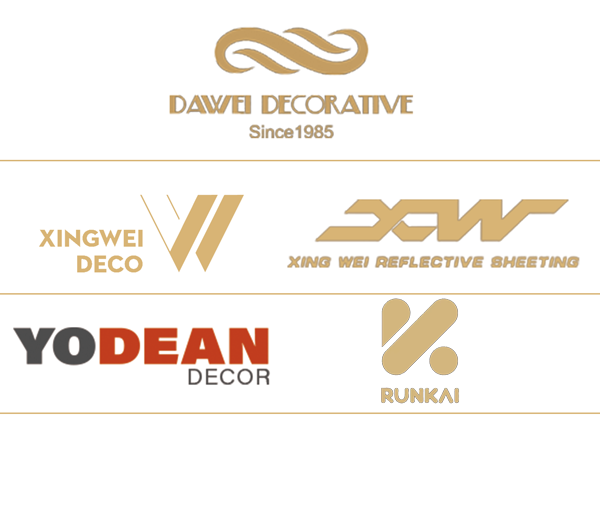Development of high quality decorative base paper
It has been more than 40 years since decorative paper was first manufactured in China; the industry is still new. As tastes and preferences in decoration styles change, decorative base paper must be continually redesigned to meet the needs of its post-processing.
The decorative paper, however, has strict requirements for whiteness in its optical properties—which highlights the importance of titanium. But we know that titanium dioxide is expensive to produce; thus it’s important to find a filler with similar optical qualities as well.
In this thesis, we will investigate the effects of pulp composition (pulp ratio and pulping degree), PAE addition, titanium dioxide addition and CPAM-PAE/CPAM blends on the physical properties of decor paper. We will use the mechanochemical method to make a titanium dioxide/kaolin composite filler. We also mention how drying methods and different types of fillers affect decor paper’s physical properties.
The ratio of coniferous wood pulp to broadleaf wood pulp was 6:4; the pulping degree, 33°SR; and the PAE addition (percentage added) 2%. The titanium dioxide addition for this paper ranged from 30% – 50%, and its CPAM content measured at 0.06%. Under these conditions, decorative base paper can meet the technical requirements of strength, air permeability and absorbency.
In the preparation of titanium dioxide/kaolin composite filler, four factors were tested for their ability to influence how much dispersant was used—the ratio of titanium dioxide to kaolin, the reaction time and grinding concentration.
After orthogonal analysis, the process conditions of the prepared compound were 0.3% dispersant dosage, 5:5 kaolin/titanium dioxide ratio, 0.5h compounding time and 45% grinding concentration. Under these conditions, the whiteness of the prepared titanium dioxide/kaolin composite filler was 92.5% ISO and the covering power was 30.33 g/m2.
Scanning electron microscopy (SEM), infrared spectroscopy (FTIR) and X-ray diffraction (XRD) were used to determine the structure of the titanium dioxide/kaolin composite filler.
Scanning electron microscopy (SEM) can visually observe the compounding of titanium dioxide and kaolin, and the analysis by Fourier infrared transform spectroscopy (FTIR) and X-ray diffraction (XRD) shows that the titanium dioxide coating kaolin is not simply physical adsorption, but a chemical reaction has occurred. The formation of chemical bonds Si-O-Ti and Al-O-Ti between titanium dioxide and kaolin has changed the crystalline structure, and the coating effect is good.
In addition, the effects of press + vacuum drying, vacuum drying, press + flat drying and flat drying on the properties of decorative base paper were compared when composite filler and mixed filler were added.
- The first three drying methods were more favorable to the strength maintenance of the base paper, but the air permeability and absorbency of the base paper obtained by press + vacuum drying were slightly poor.
- The difference between the use of vacuum drying and press + flat drying is not significant.
- When using flat drying, the strength of the original paper is poor, and the air permeability and absorption is good, which can not meet the needs of production.
Four drying methods on the original paper optical properties of the impact is very small, can not be distinguished from the original paper optical properties of good or bad standards. Therefore, the effect of vacuum drying and press + flat drying are more suitable.
Kaolin, titanium dioxide, titanium dioxide / kaolin composite filler, kaolin and titanium dioxide mixed filler four different fillers were added to the paper, the paper in the whiteness and opacity of the difference is very small, in the strength performance and air permeability and capillary absorption height, the composite filler effect is better, and its performance is close to titanium dioxide.






Leave a Reply
Want to join the discussion?Feel free to contribute!